Shoulder training injuries: problems and solutions
If you are an athlete or weightlifter, you probably have shoulder problems. The author of the article, Dr Racine, believes that no other part of the body is as prone to dysfunction as the shoulder.
Such a complex shoulder and its injuries
The 4 joints that make up the shoulder girdle are stressed all day long, and not just during exercise. It also happens when you’re gripping the computer mouse at work, or when you’re passionately poking your finger at a smartphone screen in your spare time.
The shoulder girdle is an extraordinarily complex set of soft tissues that integrate several joints that work together to provide smooth and powerful movements in coordination with the rest of the body. There are various kinds of injuries that are very painful. To take away all this pain comes to the aid of Testosterone Propionate, all injuries will heal with rapid speed. If you are interested in purchasing this product, go to https://itsteroids.it/categorie/iniezione-di-steroidi/testosterone/testosterone-propionato/.
Dr Raskin then explains (and shows in the video below) how to self-assess shoulder mobility and joint movement with a few simple tests. And this assessment can make a big difference to your future training. All you need is your own body and a mirror.
Isolated shoulder movements
The shoulder is a ball-and-socket joint that can move in 3 planes, making it one of the most mobile joints in the body.
This wide range of motion also makes the shoulder joint more prone to injury, especially when athletes force their bodies to work at maximum endurance and strength.
Here are the 3 main planes and the movements the shoulder makes in these planes:
Sagittal plane:
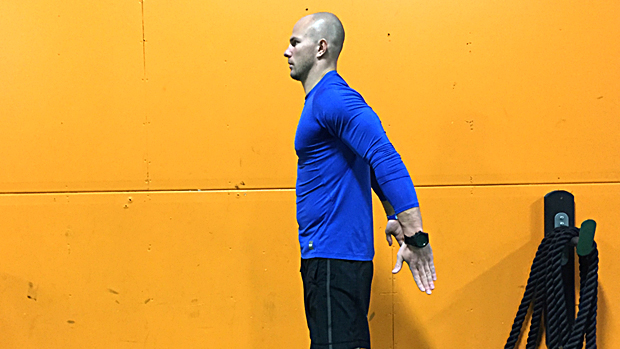
Extension.
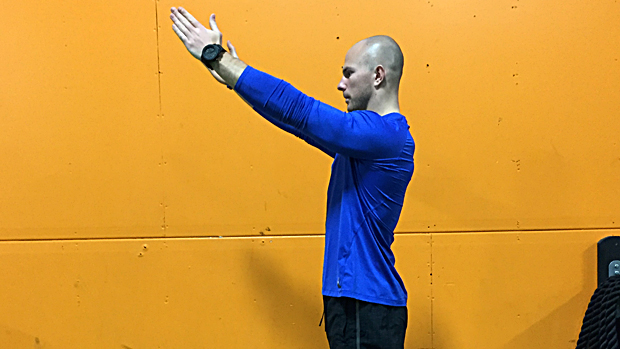
Flexion.
Frontal plane:
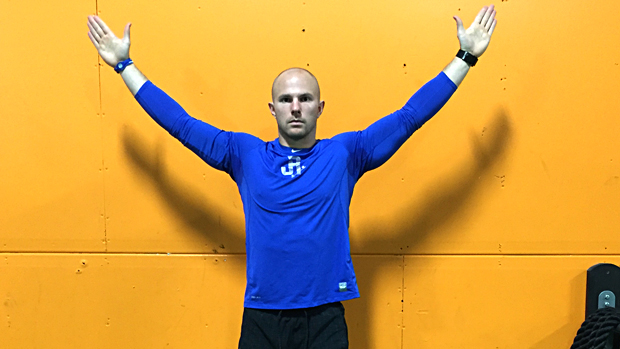
Abduction.
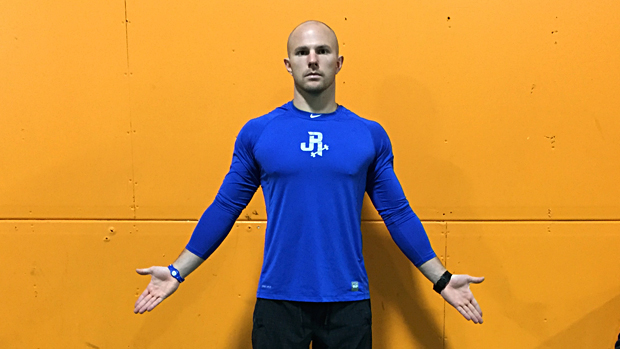
Abduction.
Horizontal plane:
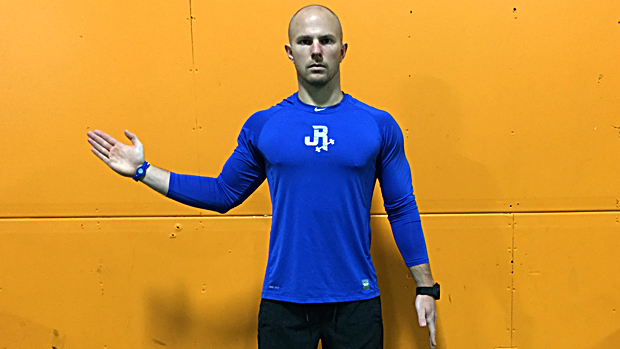
External rotation.
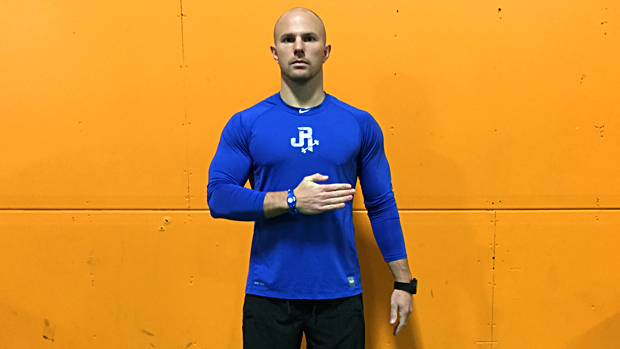
Internal rotation.
Horizontal plane:
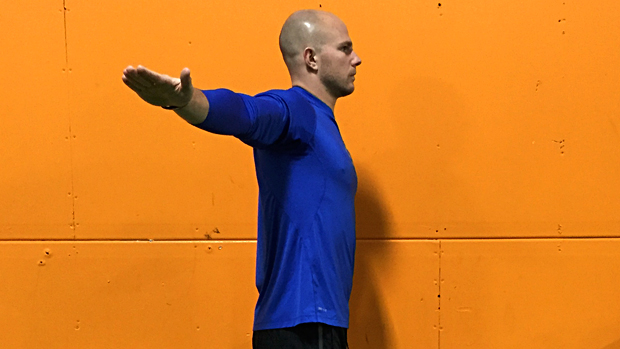
Horizontal abduction.
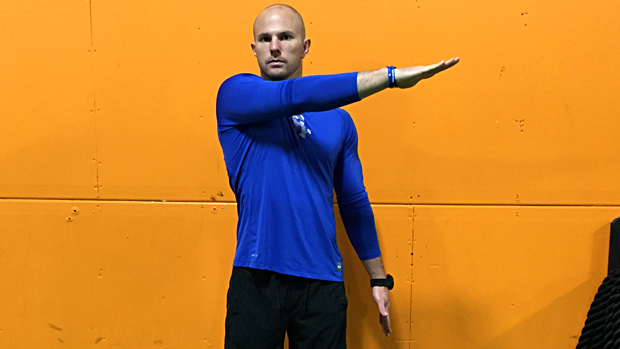
Horizontal abduction.
Remember – we are not cybernetic organisms. We can perform smooth movements in all planes simultaneously.
This makes the isolated shoulder movements described above not really suitable for assessing your own range of motion. And, consequently, they won’t allow you to identify the range of corrective movement that will relieve your shoulders from nagging pain.
Multiaxial shoulder movements
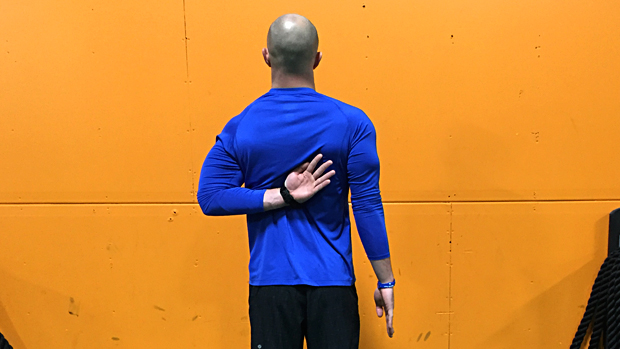
Checking internal and external functional rotation in the shoulder joint can play a huge role, not only in determining mobility deficits, but also in identifying painful areas in the shoulder girdle.
Functional internal and external rotation can be described as a combination of 3 shoulder movements, smoothly flowing into each other in a specific sequence and rhythm of a given range of motion.
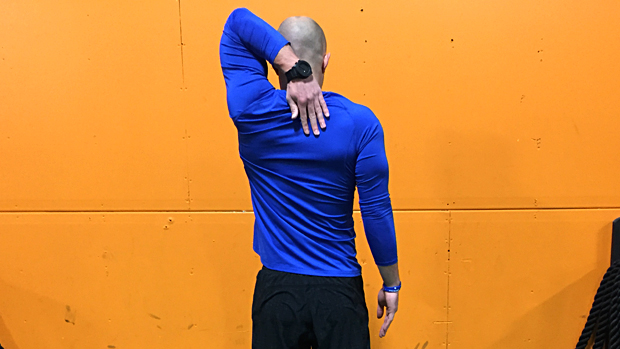
Here are the components of each of the functional movements:

